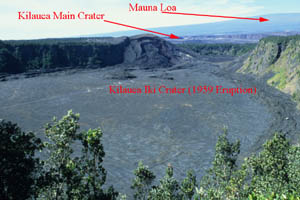
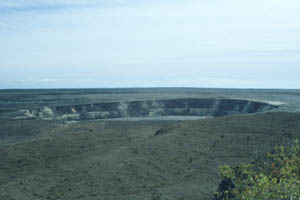
Annotated overview of Kilauea summit region.
Halema'uma'u crater (1040m) in Kilaueas summit caldera. Site of lava lake until 1924.
 |
 |
Annotated overview of Kilauea summit region. |
Halema'uma'u crater (1040m) in Kilaueas summit caldera. Site of lava lake until 1924. |
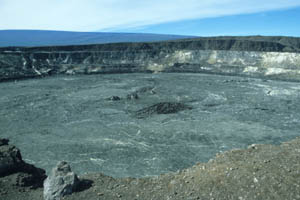 |
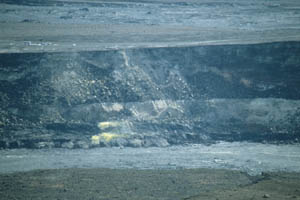 |
Halema'uma'u crater (1040m) in Kilaueas summit caldera. |
Halema'uma'u crater (1040m). Tourist vehicles at top left provide scale. |
(last updated July 29 2008)
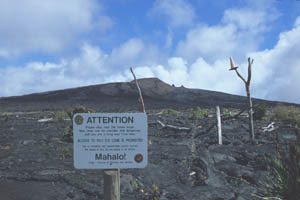 |
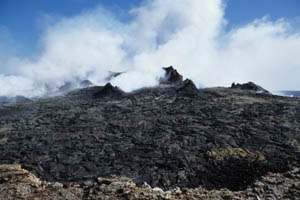 |
|
Approaching Pu'u O'o crater, site of ongoing eruption since 1983. |
View into Pu'u O'o crater, April 2005. |
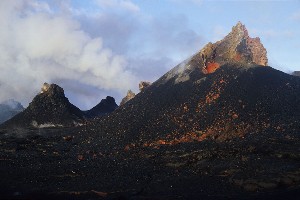 |
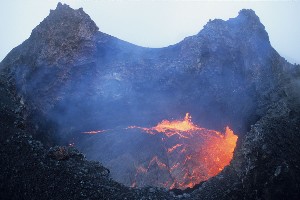 |
|
Vents on floor of Pu'u O'o crater. |
Lava lake in East Pond Vent, Pu'u O'o crater, April 2005. |
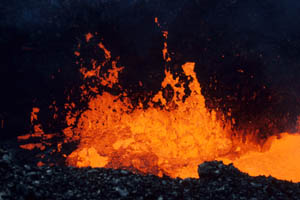 |
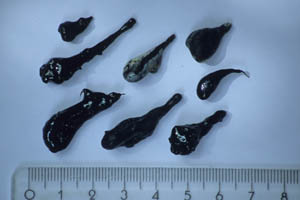 |
|
Lava fountain in East Pond Vent lava lake. |
Pele's tears resulting from lava fountaining from East Pond Vent, Pu'u O'o (Scale in cm). |
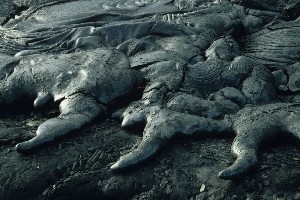 |
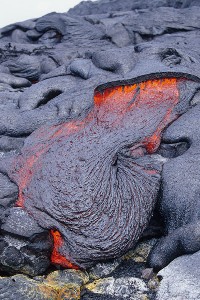 |
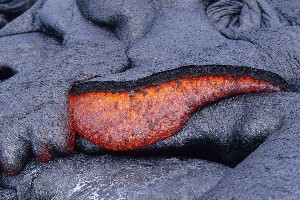 |
|
Three solidified lava toes. |
Lava breaking out from under hardened crust and forming small new Pahoehoe flow. |
Lava breaking out from under hardened crust. |
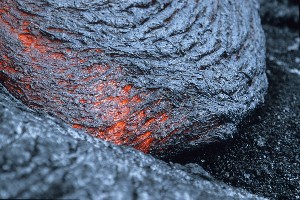 |
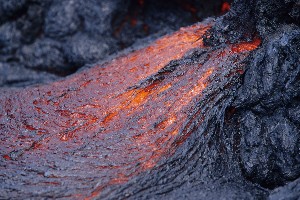 |
|
Advancing lava toe. |
Close-up of lava flow. |
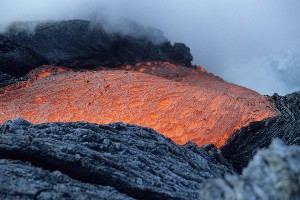 |
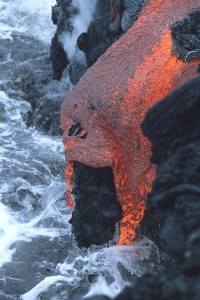 |
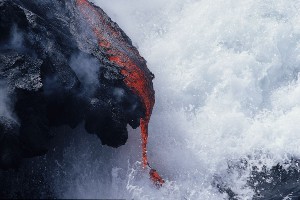 |
|
Lava flows entering sea. |
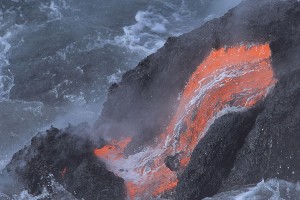 |
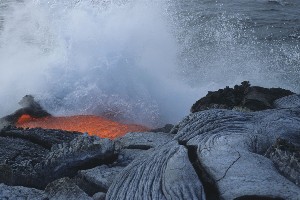 |
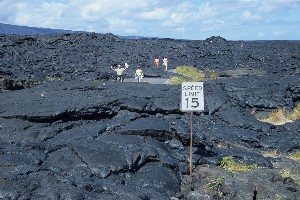 |
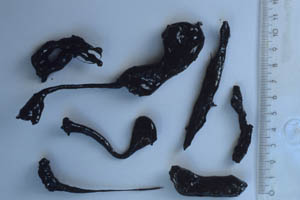 |
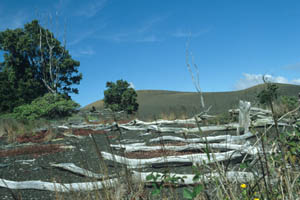 |
|